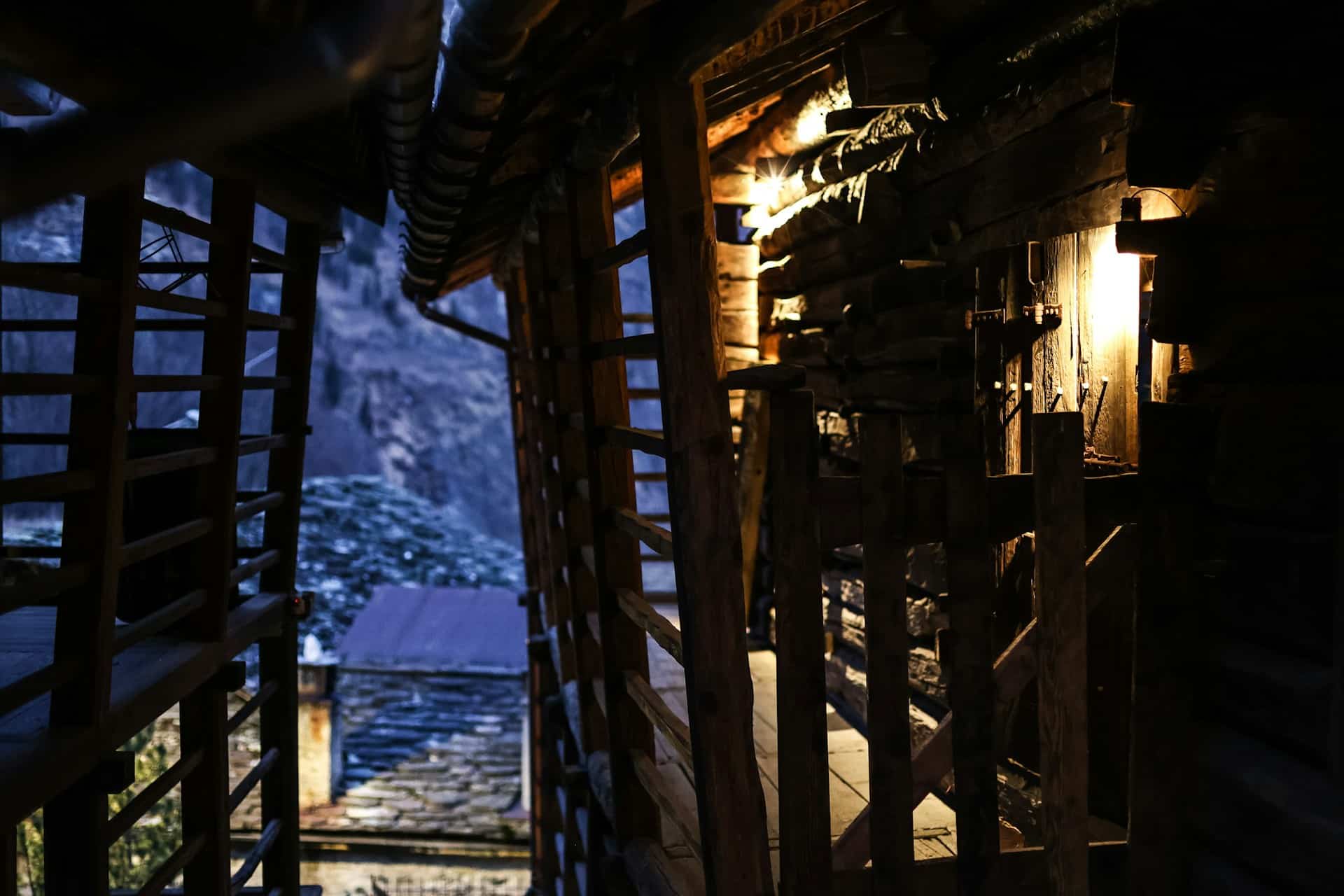What’s the Best Approach for Installing Heated Floors in a Stone Cottage?

When it comes to cold, stone cottages, heated floors can be that decisive factor between feeling toasty or feeling frosty. Radiant floor heating systems are a preferred choice for many homeowners due to their efficiency, versatility, and comfort. In this article, we will explore the best approach to installing heated floors in a stone cottage.
Understanding Radiant Floor Heating Systems
Before we dive into the installation process, it’s essential to understand what radiant floor heating systems are and how they work. Being an invisible source of heat, these systems are becoming increasingly popular in many households. Unlike traditional heating systems that heat the air, radiant heating warms the floor, leading to a more even and comfortable distribution of warmth.
A lire également : What Are the Most Efficient Techniques for Removing Hard Water Stains from Bathroom Fixtures?
There are two primary types of radiant floor heating systems: electric and water-based systems. Electric systems use heated wires installed beneath the floor, while water-based systems, also known as hydronic systems, circulate warm water through tubes installed under the floor.
Choosing the Right Heating System for Your Stone Cottage
The first step in the installation process is to choose the right radiant heating system. Your choice will depend on various factors, including the type of flooring, your budget, and the specific needs of your stone cottage.
A lire aussi : How Can You Craft a Vintage-Style Cocktail Bar in a Mid-Century Modern Home?
Electric radiant floor heating systems are generally more straightforward to install and are ideal for smaller areas, such as bathrooms. However, they can be more costly to run than their hydronic counterparts, making them less suitable for larger spaces.
On the other hand, hydronic systems are more efficient and are often the best choice for heating larger areas or entire homes. Installing hydronic systems, however, is more complex and requires a boiler to heat the water.
For your stone cottage, you’ll likely want to opt for a hydronic system due to its efficiency, especially if you’re planning to heat a larger area.
Preparing for the Installation of Radiant Floor Heating Systems
Once you’ve chosen the right system, preparation is the next critical step. This includes ensuring that the subfloor is clean and level, and that there is enough space for the heating system. For a stone floor, this might involve laying a layer of concrete to create a smooth, level surface.
Next, draw a sketch of the room and note the areas where furniture and appliances will be, as you will not install heating elements beneath these areas. Accurate measurements of the room will help when it’s time to install the heated floor system, ensuring you have sufficient materials and spacing.
Installation Process and Key Considerations
The complexity of the installation process will depend largely upon the type of heating system chosen. In the case of electric systems, the heating wire is typically fixed onto the subfloor using a set of fixing strips or staples, followed by the application of a layer of screed or self-leveling compound to cover the wires before installing the flooring.
For a hydronic system, the process is more complex. The heating tubes are laid out over the subfloor and often attached to a mesh or grid to keep them in place. Once the tubes are laid out, a layer of screed or concrete is often applied to cover the tubes and provide a base for the flooring.
Regardless of the system type, it is important to test the system before applying the final layer of screed or flooring to ensure that there are no leaks or malfunctions.
Final Thoughts on Radiant Floor Heating Systems
Radiant floor heating systems provide a comfortable, efficient heat source for your stone cottage. While the installation process can be intricate and somewhat labor-intensive, the comfort and warmth provided by these systems will make it worth the effort.
Remember that while it’s possible to install these systems yourself, hiring a professional installer can often save you time and ensure the job is done correctly, providing you the peace of mind that you’ll be able to enjoy your cozy, heated floors for years to come.
Energy Efficiency and Cost Implications of Heated Floors
When contemplating the installation of a radiant floor heating system, it’s essential to consider the cost and energy efficiency aspects. These factors play a significant role in determining the overall feasibility and benefit of the heating system for your stone cottage.
Electric radiant floor heating systems are known for their easy installation process and are highly effective in heating smaller spaces. However, when it comes to larger areas or entire homes, these systems tend to consume more energy, which will be reflected in your energy bills. Electric systems draw their power from your home’s electricity, and the cost may vary based on the electricity rates in your area.
In contrast, hydronic radiant floor systems, which circulate hot water through tubing beneath the floor, are more energy-efficient. They can provide consistent heat across larger spaces without running up high energy costs. Hydronic systems use a boiler to heat the water, which can be powered by various energy sources, including gas, oil, or even solar power. Consequently, running costs can be considerably lower than electric systems, especially for larger cottages.
Moreover, radiant floor heating systems have an edge over traditional forced-air heating systems; they provide a more balanced distribution of heat. They keep the heat at the floor level, where it’s needed the most, preventing it from rising and getting lost at the ceiling level. This characteristic alone makes the radiant floor heating system a more energy-efficient choice.
Maintenance and Durability of Radiant Floor Heating Systems
The longevity and the maintenance of your radiant floor heating system is another significant factor to consider. A well-installed and well-maintained floor heating system can outlast your home’s other heating systems.
Electric radiant floor systems are durable and require minimal maintenance. The absence of moving parts reduces the chances of mechanical failures. But, if a problem does occur, pinpointing the issue can be challenging, especially after the floor covering has been laid down.
Hydronic radiant floor systems, on the other hand, require regular check-ups to maintain their efficiency. The heating system’s water levels and pressure should be checked and adjusted periodically, and the boiler needs annual servicing. While this may seem like more work, keep in mind that a well-maintained hydronic system can last for decades, providing you with long-lasting comfort.
Wrapping Up: The Warm Comfort of Heated Floors
Installing heated floors in your stone cottage can transform your chilly living space into a cozy haven. The radiant heat provided by these systems is not only more comfortable but also more energy-efficient compared to traditional forced-air heating systems. Whether you choose an electric or hydronic system, the warm comfort underfoot is something that every homeowner should experience.
Before you embark on this project, remember to consider the size of the space, your budget, energy costs, and maintenance requirements. If the task seems daunting, remember that professional installers are just a call away and can ensure a flawless installation process.
Above all, don’t forget to enjoy the process. After all, as Cameron Witbeck from WarmlyYours responds to a guest user’s question about radiant heating, "The journey of installing heated flooring isn’t just about the destination. It’s about the transformation of your home into a warm, inviting space that you and your family will love." Are you ready to start your journey with radiant floor heating systems?
